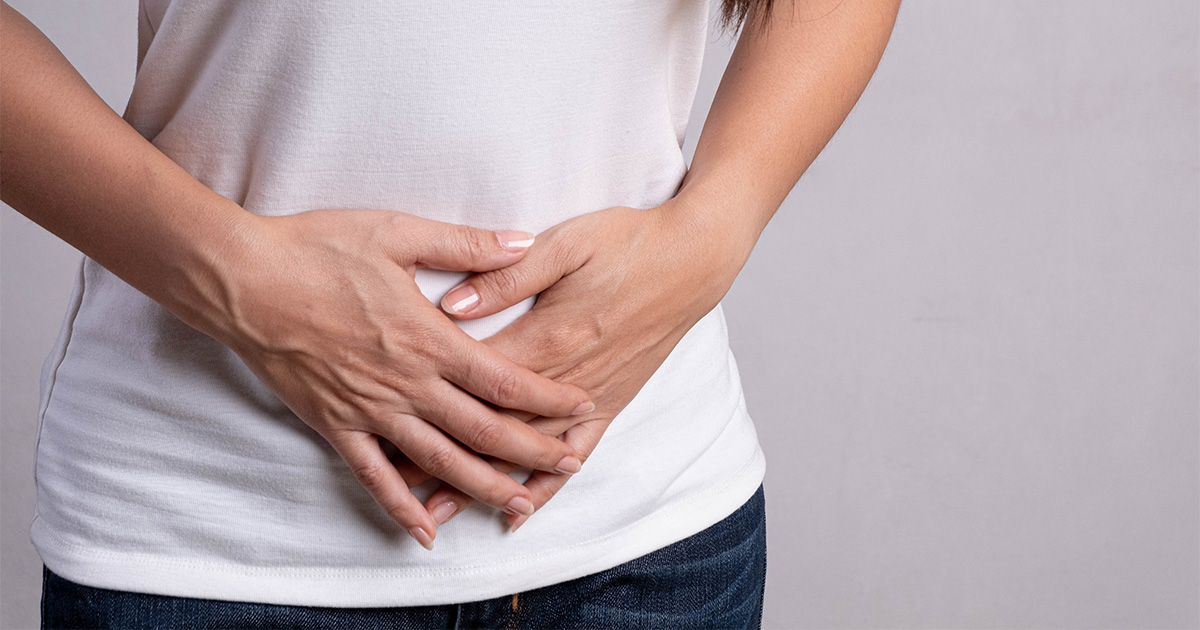
When urinating hurts, see a doctor
It’s an unpleasant but simple fact of life. At some point, most women will experience pain while urinating.
Simple irritation or a yeast infection might cause the pain. It also can be due to contracting a sexually transmitted disease.
But painful urination most often is caused by a urinary tract infection (UTI). Statistics show that 50-60% of women will have at least one UTI in their lifetime.
Infections of any kind should be taken seriously. If not properly treated, a UTI can lead to infections deeper in the kidney or even sepsis, an emergency condition where the infection overwhelms your system and can cause permanent damage to vital organs. In extreme cases, a UTI can be fatal.
“If you start running a fever, have pelvic pain, pain in your back or increased pain with urination, those are big indicators that you need to be seen by a health care provider. Don’t wait. Go now,” said Melinda Cooling, vice president of advanced practice for OSF HealthCare.
Good hygiene helps prevent UTIs
Does it hurt when you urinate?
Bacteria get into the bladder through the urethra, which is the tube that carries urine out of the body. Because women have a shorter urethra than men, they are far more likely to get a UTI.
Those bacteria can reach their destination in a variety of ways, all of which underscore the importance of practicing good hygiene.
“The most common bacteria related to female UTI are related to E. coli, which can be found in feces,” Melinda said. “That’s why it’s especially important to wipe from front to back after going to the bathroom. It’s also important to urinate right after engaging in sexual activity.
“Women who take a lot of baths increase their risk, too, because when they’re sitting in the tub, bacteria can get into the urinary tract. It doesn’t necessarily have to be dirty water, either. Prolonged immersion increases risk as it causes urethral irritation.”
Preventive lifestyle habits
You can reduce your risk for a UTI by changing some lifestyle habits, too. Be careful what you drink, and avoid high-risk sexual behaviors.
“Avoid caffeine and carbonation,” Melinda said. “Women who drink lots of soda increase their risk. It doesn’t mean you have to give them up, but use moderation. One or two cups of coffee or one soda would be OK. But if you’re into drinking large-sized sodas multiple times a day, you should stop.
“Drink lots of water. Usually, six to eight glasses – a couple of liters – are what you ought to be drinking. Don’t wait till you are thirsty. If you start to feel thirsty, you already are becoming dehydrated. You shouldn’t have that feeling.”
And one more habit:
“Don’t hold your urine. Don’t wait until you feel you have to go. Get on a schedule of going every few hours to empty your bladder.”
Other symptoms of a UTI
Painful urination is not the only indication of a UTI. In addition to painful urination, watch for blood in the urine, foul-smelling urine, lower back pain and fever.
Older women, in particular, should watch for those other symptoms.
“As we age, we have less nerve sensation in general,” Melinda said. “A young woman more often will feel a burn or urgency to go. Older women lose some of that, and so they can get sicker more quickly.”
A low-grade infection sometimes may resolve quickly. Drinking more water will help flush out the kidneys and bladder.
“That can be appropriate self-treatment in the early stage of an infection,” Melinda said. “But if you start running a fever or have that flank pain, you need to see your health care provider.”